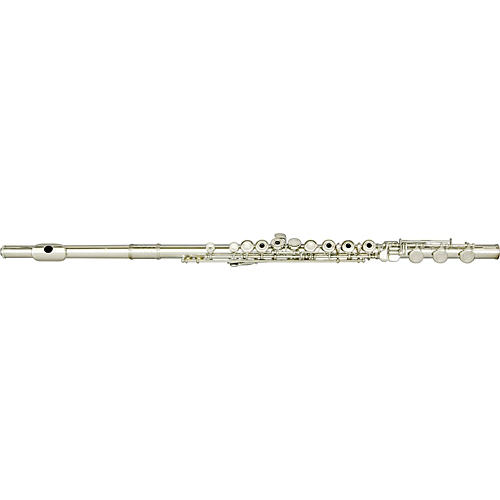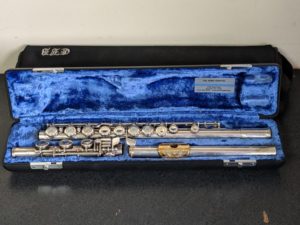

Regarding the structure of EF, some scholars have advanced a relatively unified view ( Duncan et al., 2000 Zelazo, Carter, Reznick, & Frye, 1997), others have proposed a more fractionated component-processes view ( Baddeley & Logie, 1999 Lehto, Juujarvi, Kooistra, & Pulkkinen, 2003), and others suggest that both views are defensible ( Miyake, Friedman, Emerson, Witzki, & Howerter, 2000). The literature on the nature, structure, and even definition of EF is highly mixed.

The structure of the EF construct has been a point of contention with theorists for some time. Cognitive skills contained under the rubric of EF include attentional control, hypothesis generation, previewing, strategic planning, abstract reasoning, temporal response sequencing, cognitive flexibility, set shifting, and the ability to adaptively manipulate and process information in working memory ( Kimberg & Farah, 1993 Stuss & Alexander, 2000). Second, examining the conjoint effects of these variables (i.e., EF and irritability) might confer a liability for intoxicated aggression that is not observed when testing either variable alone.ĮF can generally be conceptualized as a higher-order cognitive construct involved in the planning, initiation, and self-regulation of goal-directed behavior ( Berger & Posner, 2000 Milner, 1995). Accordingly, a case will be made below that irritability may, in part, mediate the relation between EF and alcohol-related aggression. First, on both empirical and theoretical grounds, EF is purported to regulate affect and thus, by extension, to predict irritability. Such inquiry is important for at least two reasons.

However, the combined effect on this association has not been examined. Specifically, alcohol was more likely to increase aggression in men with lower levels of EF ( Giancola, 2004) and higher levels of irritability ( Giancola, 2002a). Both variables have been found to independently moderate the alcohol-aggression relation. Two risk factors of interest with regard to this article are executive functioning (EF Giancola, 2004) and irritability ( Giancola, 2002a). In other words, some persons are at greater risk for becoming aggressive when intoxicated than others. Department of Justice, 2005).Ī well-accepted finding within this literature is that alcohol increases aggression for some, but not for all, individuals. With regard to intimate partner violence, 75% of victims reported having been attacked by an offender who was drinking ( U.S. Among those victims who provided information about their offender's perceived use of alcohol, approximately 30% reported that the offender had been drinking. National crime statistics have found alcohol consumption to be implicated in 55% to 60% of violent crimes ( U.S. The findings are discussed, in part, within a cognitive neoassociationistic framework for aggressive behavior.Ī number of meta-analytic (e.g., Bushman & Cooper, 1990 Hull & Bond, 1986 Ito, Miller, & Pollock, 1996) and narrative reviews (e.g., Begue & Subra, 2007 Chermack & Giancola, 1997) have documented a substantial relation between alcohol intoxication and aggressive behavior. Despite the fact that irritability and EF both independently moderated the alcohol-aggression relation in previous studies, no significant interaction for their combined effect was detected here. Results indicated that irritability successfully mediated the relation between EF and intoxicated aggression for men only. Aggression was operationalized as the shock intensities administered to the fictitious opponent. Following the consumption of an alcohol or a placebo beverage, participants were tested on a laboratory aggression task in which electric shocks were given to and received from a fictitious opponent under the guise of a competitive reaction-time task. Participants were 313 male and female social drinkers between 21 and 35 years of age. Irritability was assessed with the Caprara Irritability Scale.

EF was measured using seven well-established neuropsychological tests. The purpose of this investigation was to examine: a) whether irritability mediates the relation between executive functioning (EF) and alcohol-related aggression and b) whether the alcohol-aggression relation is better explained by the interactive effects of EF and irritability above and beyond the effects of either variable alone.


 0 kommentar(er)
0 kommentar(er)
